|
It’s hard to believe a man of such humble beginnings would be laid to rest and memorialized under one of the finest monuments in Mount Olivet Cemetery. He began his career as a rail hand for the Baltimore & Ohio Railroad, working in Martinsburg, Virginia in the late 1850s (It wouldn’t become West Virginia until 1863). A decade later, he was one of Frederick’s most savvy businessmen and “hospitable” hosts. His name was Frank B. Carlin, and although his name isn’t remembered by many in the annals of town, the hotel businesses he helped grow are often referenced in context to Frederick of the late 19th century. These were exemplary of Frederick’s age-old role as a true travel crossroads and destination, and set the bar for our hostelry trade and an eventual successor—the Francis Scott Key Hotel. Born in Frederick in the year 1835, Francis “Frank” Brengle Carlin was the son of James Carlin and Eliza A. Hemsworth. James worked as a plasterer, but would be appointed one of the corporation’s town constables in 1826. He held that position for many years and worked closely with fellow constable (and later sheriff) Francis Brengle, after whom he would name his son. Young Frank Carlin eventually relocated to Virginia and worked for the railroad as earlier mentioned. He returned to Frederick often, including mid-February, 1858 when he married Ann Cecilia Sheppard (b. 1837) in Frederick’s Old German Reformed Church parsonage. Frank likely moved back to Frederick because his wife inherited a property (at what is now 237 and 239 East Church Street) from her aunt, Mary Gonso, in 1859. They relocated the following year. (As an aside, they would mortgage the property several times in the 1860s, and Ann Cecelia's executor finally sold it to early town realtor Gilmore Flautt in 1917.) The couple had their first child, Minnie, in 1860. Sadly, she died in infancy that same year. A second child named Francis Sheppard Carlin came in 1862. Frank entered into the tobacco business here in Frederick, operating a shop on the east side of the City Hotel and located in the first block of West Patrick Street. This famed hotel had been a principal place of lodging for nearly six decades, having been built in 1804 and originally operated by Mrs. Catharine Kimboll. It would be purchased by Col. John McPherson and John Need in 1861, and later by Allen G. Quynn and I. Alfred Ritter. The cost of the latter gentlemen’s purchase in 1867 was a whopping $19,000. Dating back to Mrs. Kimboll’s tavern, this locale continued to carry the reputation as serving as the principal inn of town, and was about to get better thanks to our subject. Being next door to the City Hotel was quite lucrative for Carlin’s tobacco emporium. He likely learned a great deal through his interactions with the City Hotel’s staff and ownership, as he regularly served its patrons with his cigars and other like products. This was the turbulent period of the American Civil War, and Frederick certainly experienced this conflict to the fullest. I have seen Frank referred to as Colonel Carlin and was curious as to whether our subject served in the war itself? This was not the case as I learned that he never was in the military, the colonel sobriquet was simply an honorary title. As for the Civil War, I discovered a draft register which showed a notation that Frank had a lame leg. Perhaps this was an old injury suffered on the railway? Regardless, Frank Carlin’s lame appendage did not hold him back in the employment realm as his upward trajectory was continuing at a fast pace. I found it very fitting that his surname of Irish origins translates to “little champion.” An interesting aside found in the old papers was an advertisement involving Frank Carlin in a bit of hot water with Maryland authorities. Apparently the state had brought suit against him for operating an illegal billiard table. The matter was to be decided by the governor, but I didn’t succeed in learning the final outcome. I'm guessing that the billiard table in question was located in a back room at the cigar store of Mr. Carlin. I next found his name associated with saloons and "the choicest liquors" in 1866. To my surprise, Frank Carlin was working with another hotel that was located around the corner from his shop. In fact, he was now the proprietor of the Dill House. This structure once stood on the southeast corner of North Court and West Church streets. In searching back through past Stories in Stone, I realized that I have referenced Frank B. Carlin several times in relation to these upscale eateries and also this hotel that would later take Frank’s name—the Carlin House. Soon, this experience would gain Carlin employment with the City Hotel, Frederick’s most famous “downtown hotel” of the 19th century. In September of 1867, Frank B. Carlin was given the job to manage the City Hotel as the fore-mentioned owners performed renovations, which primarily consisted of the addition of a fourth story in the fall of 1867. The old newspapers of Frederick included advertisements for this outstanding town traveler amenity in each and every edition. The proprietor, Carlin, penned many of these glowing testimonials himself. The newspapers also carried reports of special banquets, dinners and other notable occasions held at the hotel under the watchful eye of Mr. Carlin, who gained the moniker of “Mine Host,” which was most likely a play on the German “Mein Host” meaning “My Host.” The City Hotel’s restaurant would hold different names over the years. During Mr. Carlin’s association, the restaurant was known as “the Gem” and later, “the European House.” Carlin continued managing both hotels through the 1870s, making him without a doubt, Frederick’s “Champion Hotel Keeper” as an 1879 news clipping referred to him. I particularly took note of Mr. Carlin while researching a former article of mine written about the booming oyster saloons of Frederick. I stumbled upon the personage of Job K. Sheppard. This gentleman served as hotel clerk at the Dill House in the early 1870s and was Frank Carlin’s brother-in-law (Ann Cecilia Carlin’s brother). I assume Carlin hired (and mentored) Job Sheppard for this post. There was a very good relationship between these two men, and you could say at one time they practically controlled the hospitality district situated in the 100 block of North Court Street which was book-ended by the Dill House/Carlin House to the north, and the City Hotel to the south. In the middle of the street would eventually be a popular oyster bar/dining house managed by Job Sheppard in 1885. All can be seen to the left side of the map below. I also found that Mr. Sheppard was listed as a brewer in the 1880 census, and among the first restaurateurs in town to carry a familiar beer that is still with us today. The Carlins can be found living at the City Hotel in the 1870 US Census. Frank was involved in other local activities, notably the Junior Fire Company and the Great Frederick Fair. He would also throw his hat in the political arena. By 1880, Frank and Ann were residing at the Carlin House, a year after Frank took over management here. One notable name absent in the 1880 census record was that of little Frank S. Carlin. He had passed in 1874 and was buried with his infant sister in Mount Olivet’s Area C/Lot 163 & 112. (Minnie’s grave is unmarked). The Carlins bought, and sold, several properties in the 1880s. Notably, they purchased 5.8 acres along the south side of West Church St. in 1881 from the heirs of Gideon Bantz. (Based on the sale ad for Ann Carlin's properties after her death, she built houses on this property that are now 132-140 W. Church. Ann bought what is now 144 W. Church in 1895. These were all rental properties.) Frank was quite ill in the spring of 1882, as he had been diagnosed with Bright’s disease. This malady is an archaic term for what is now referred to as nephritis—an inflammation of the kidneys, caused by toxins, infection or autoimmune conditions. It is not strictly a single disease, rather a condition with a number of types and causes. Frank B. Carlin would finally succumb to this malady on June 27th, 1882. Ann Carlin took over his husband's duties of management for both hotel properties. Frank and Ann never owned the City Hotel property, as it was held by Allen Quynn and John Ritter. After Carlin's death, Ann bought a number of other properties. In 1884, she bought 620 N. Market Street (now a parking lot). She bought the Carlin House property in 1886 from Lewis H. Dill, and sold it in 1888 to canning factory proprietor Louis McMurray, who had been leasing it from her. In 1886, Ann Carlin also bought a store on the north side of West Patrick Street to the immediate west of the City Hotel. (This property was later sold to the Frederick Hotel Company which would eventually construct the Francis Scott Key Hotel in 1921-22.) As for the Carlin House, it later took the name of the Park Hotel and soon would disappear from the Frederick landscape, making room for a stately Y.M.C.A. building. Interestingly, in 1888, Job K. Sheppard was given the "job" as manager of the European House, the elegant dining hall associated with the City Hotel. Allen Quynn's heirs and I. John Ritter sold the City Hotel in 1890 to Tilghman Hersperger and Thomas Harwood. The hostelry would receive a makeover under its new ownership and would afterwards become known now as the New City Hotel. The European changed hands as well and would come to be known as "The Buffalo Hotel and Restaurant." Job Sheppard proudly served here until his untimely death (at the restaurant) in 1895. His sister, Mrs. Ann Cecilia Carlin, would have him buried in her family lot in Mount Olivet with her husband and two children. Ann Carlin apparently lived in the New City Hotel until buying a house at 213 S. Market St. in 1909. The savvy businesswoman died at this location seven years later in 1916. The Carlin Family plot and monument in Mount Olivet is certainly one to behold. It particularly looks majestic against a palette of spring or fall colors. I, however, decided to share recent photographs of it in its current attire in the heart of winter. My research assistant Marilyn Veek obtained both Frank and Ann's final will and testaments. Of particular interest to me, were directions pertaining to the Carlin’s final resting place. The first item in Frank Carlin's will is a bequest of $100 for Mount Olivet to invest and use the interest to keep his burial lot, grave stones and shrubbery in good repair. The first item in Ann Carlin's will directs her executor to place a footstone in Mount Olivet like the one already in place for Frank. She also left $500 to Mount Olivet to invest and apply the income for the upkeep of her monument, curbing and foot-stones and other parts of the family lot, replacing whatever needs to be replaced. She also left Emily Sheppard, widow of her brother Job Sheppard, the sum of $500. Ann Cecila Carlin’s properties were eventually sold at public sale. If anything else, the Carlin gravesite in Mount Olivet’s Area C is certainly that fit for “a little champion,” a man whose monument stands out among the surrounding landscape just as prominent and stately as did the old City Hotel and Carlin House in days of Frederick’s past.
1 Comment
Keith florian
2/20/2023 10:48:11 pm
I am in possession of frank b carlin's pardon. From the governor Feb 24th 1862. Feel free to email me if you have questions,.
Reply
Leave a Reply. |
STORIES
|
Archives
July 2024
June 2024
May 2024
April 2024
March 2024
February 2024
January 2024
December 2023
November 2023
September 2023
August 2023
July 2023
June 2023
May 2023
April 2023
March 2023
February 2023
January 2023
December 2022
November 2022
October 2022
September 2022
August 2022
July 2022
June 2022
May 2022
April 2022
March 2022
February 2022
January 2022
December 2021
November 2021
October 2021
September 2021
August 2021
July 2021
June 2021
May 2021
April 2021
March 2021
February 2021
January 2021
December 2020
November 2020
October 2020
September 2020
August 2020
July 2020
June 2020
May 2020
April 2020
March 2020
February 2020
January 2020
December 2019
November 2019
October 2019
September 2019
August 2019
July 2019
June 2019
May 2019
April 2019
March 2019
February 2019
January 2019
December 2018
November 2018
October 2018
September 2018
August 2018
July 2018
June 2018
May 2018
April 2018
March 2018
February 2018
January 2018
December 2017
November 2017
October 2017
September 2017
August 2017
July 2017
June 2017
May 2017
April 2017
March 2017
February 2017
January 2017
December 2016
November 2016

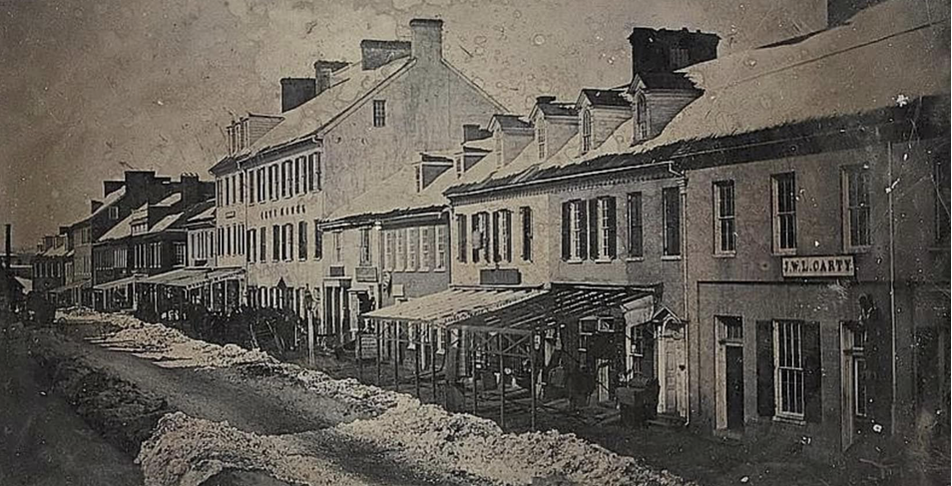
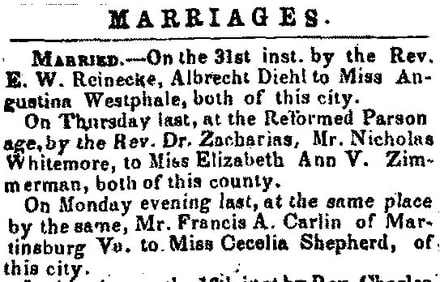

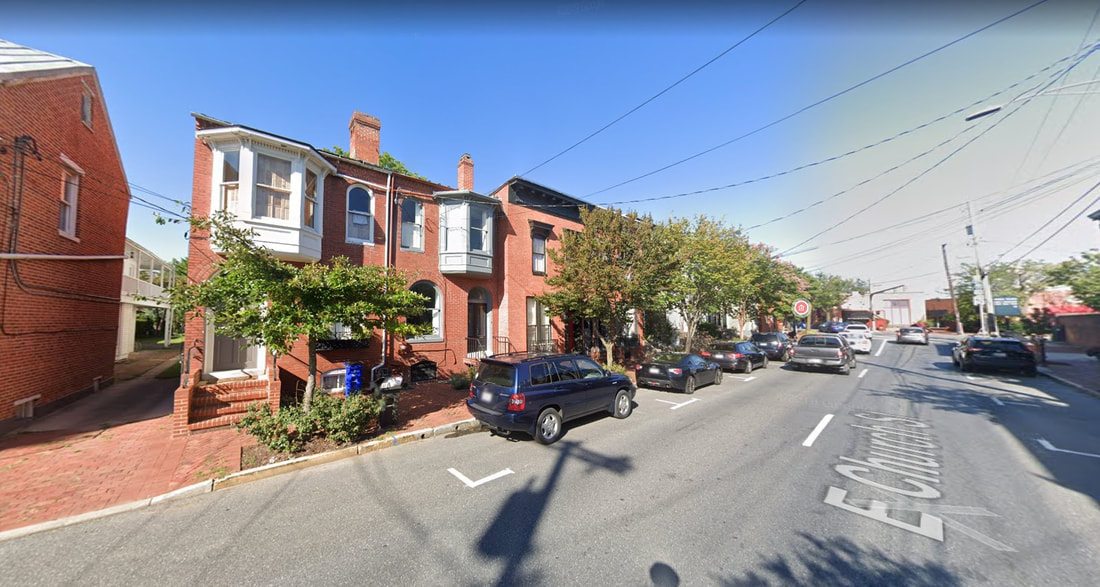
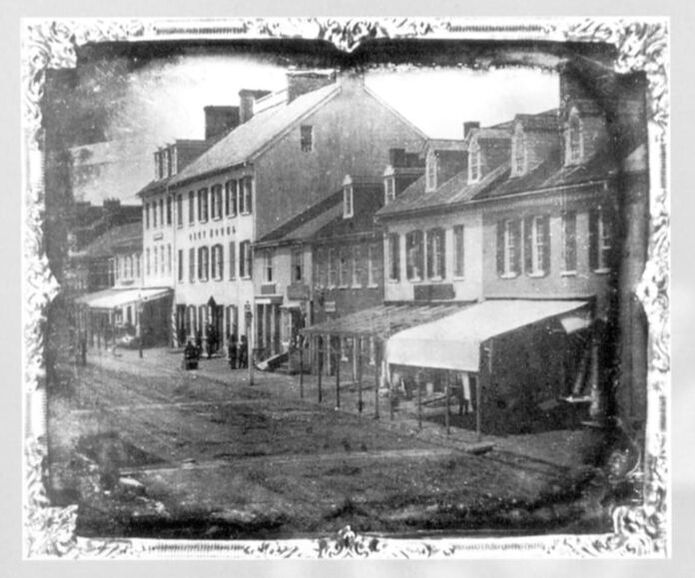
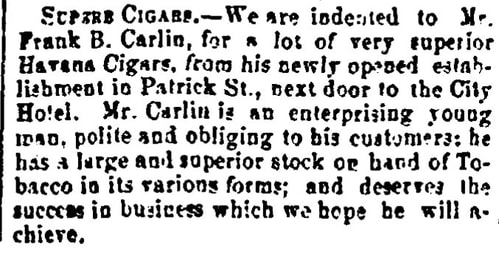
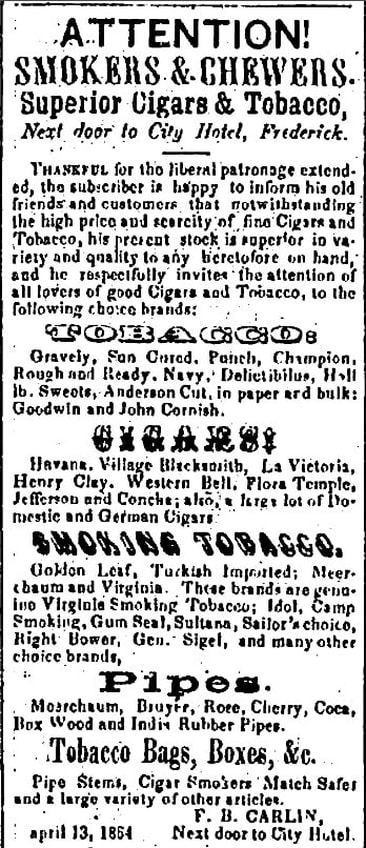

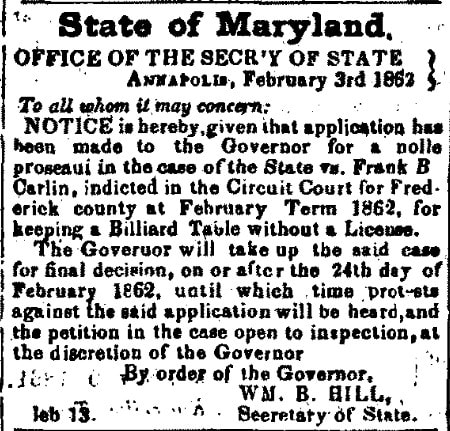
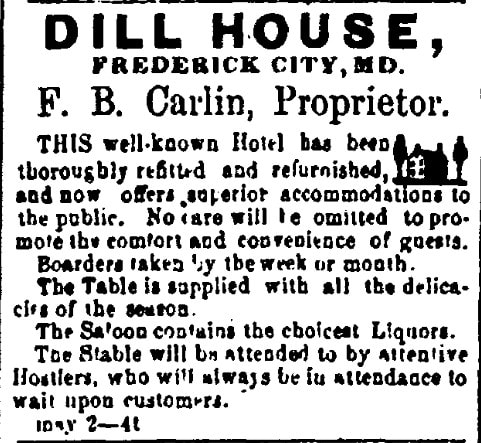
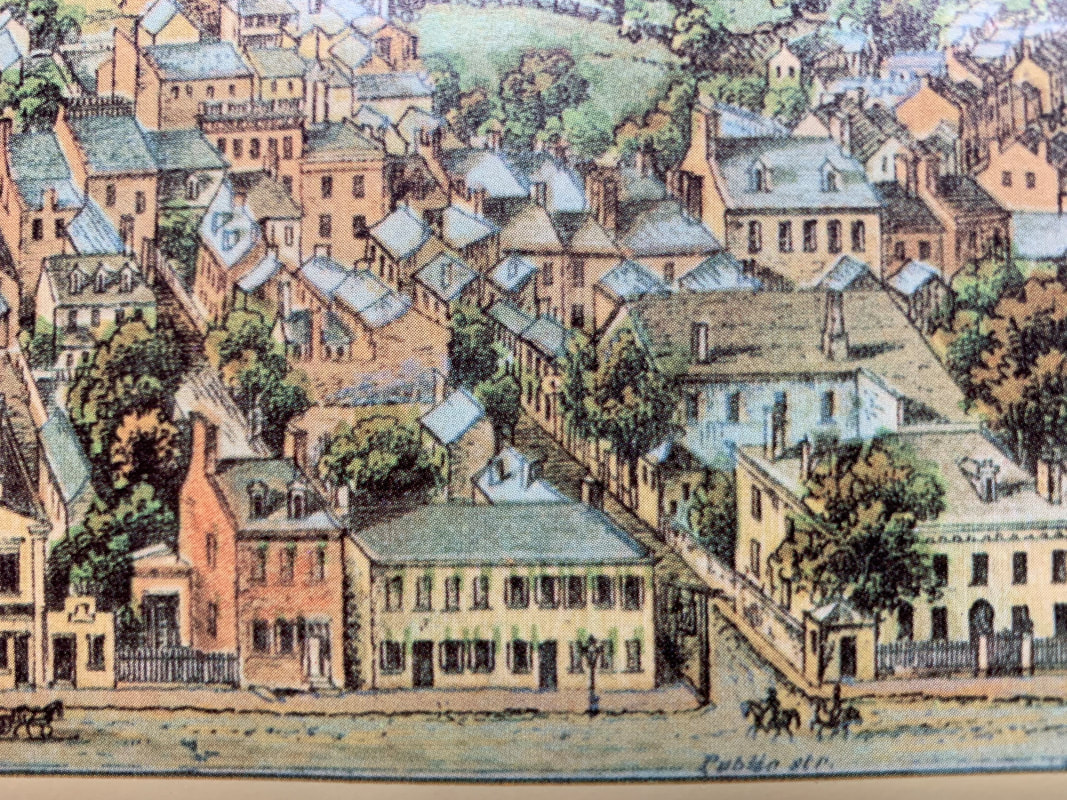
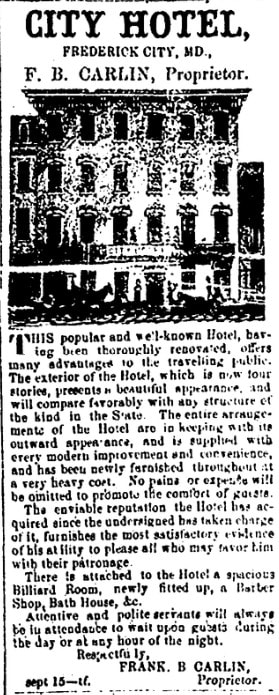
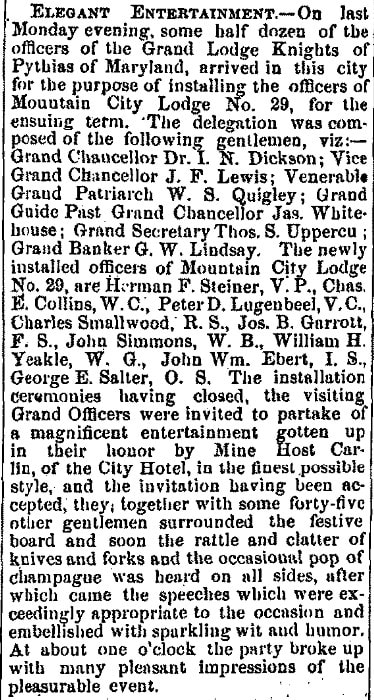
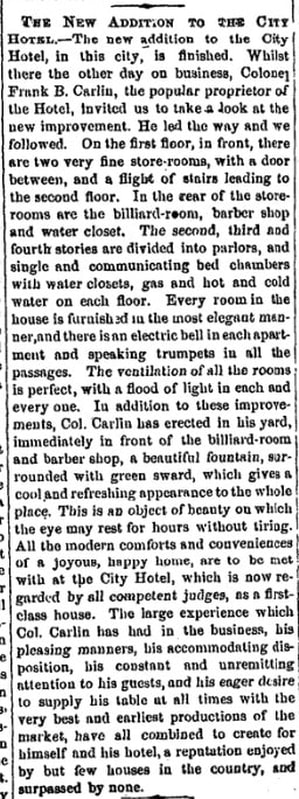
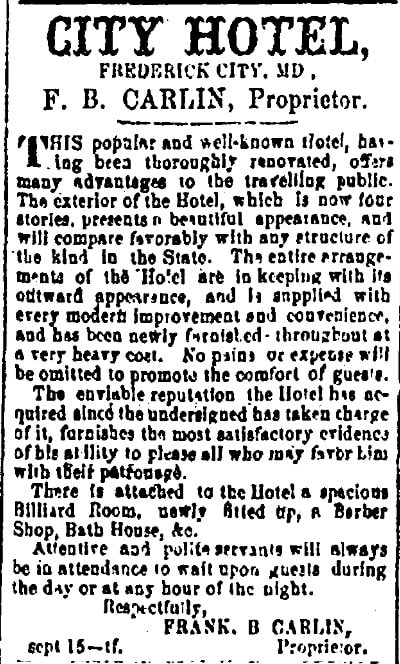
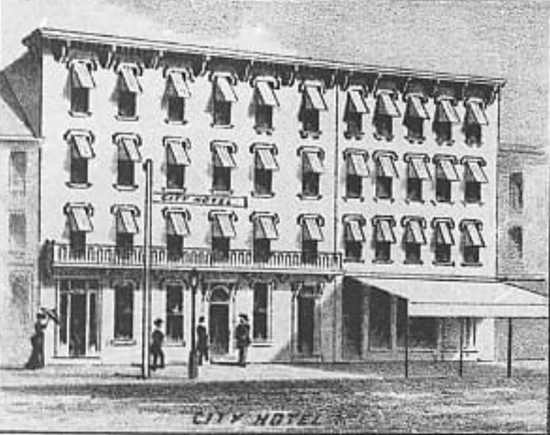
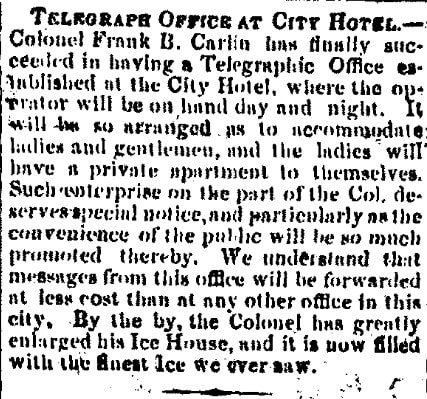
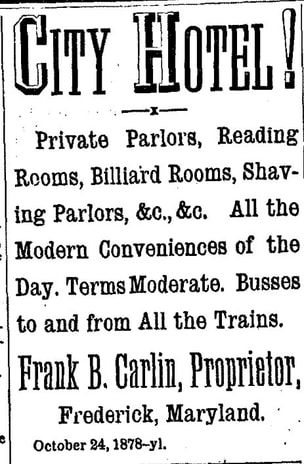
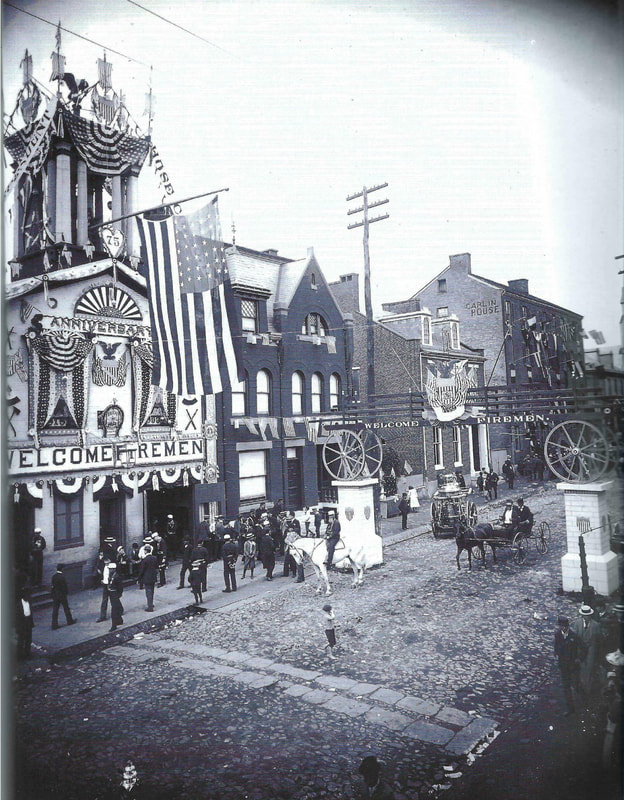
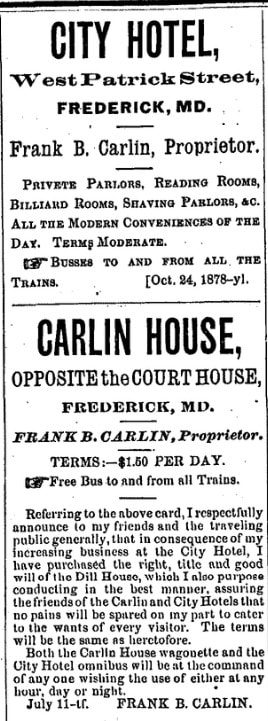
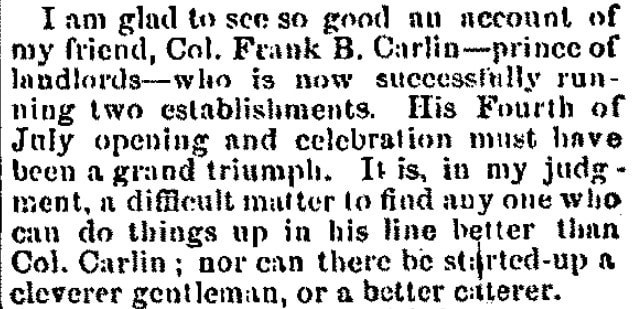
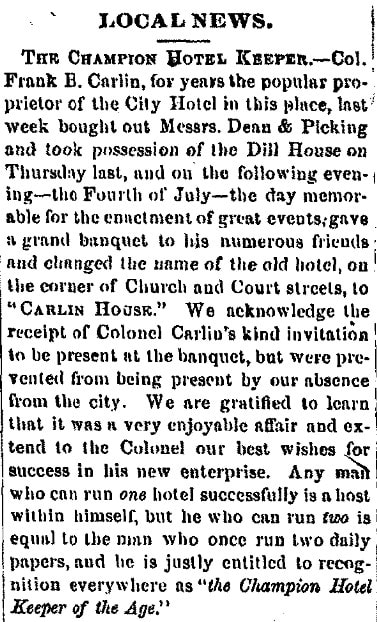


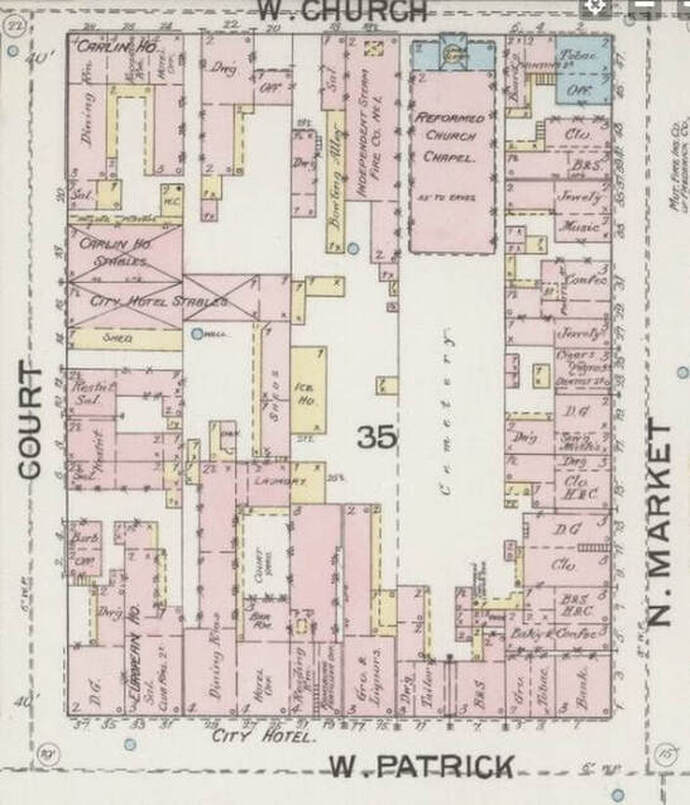
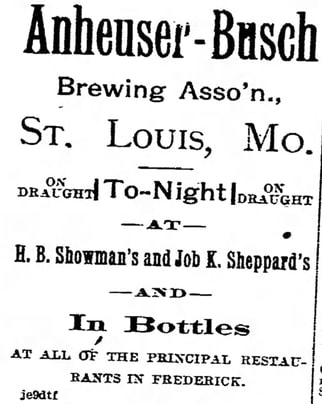
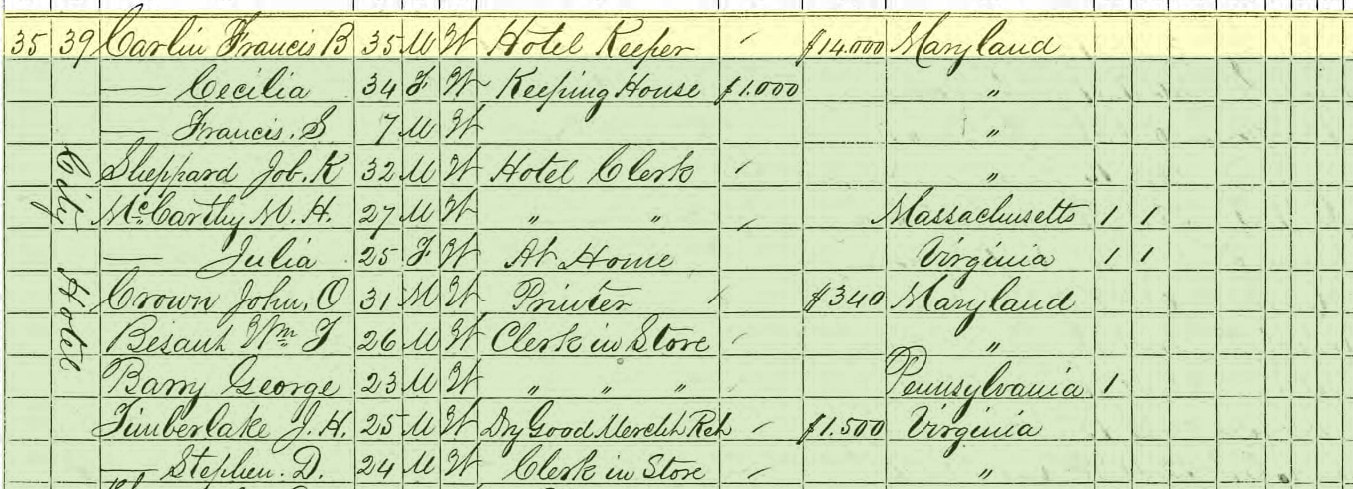
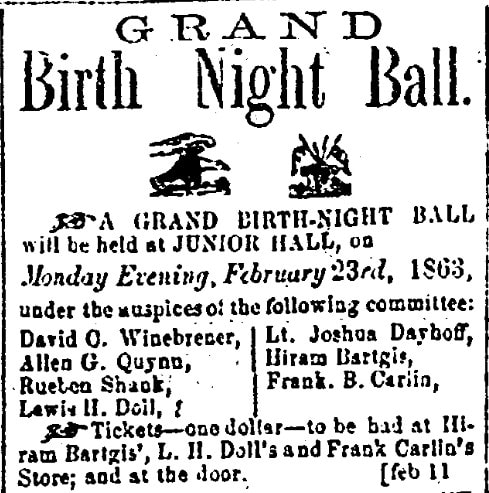
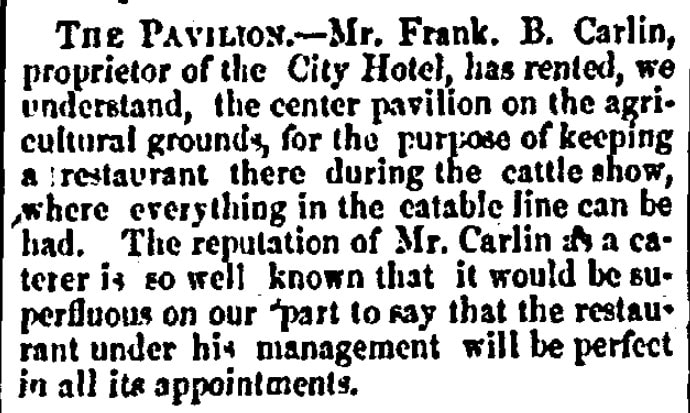
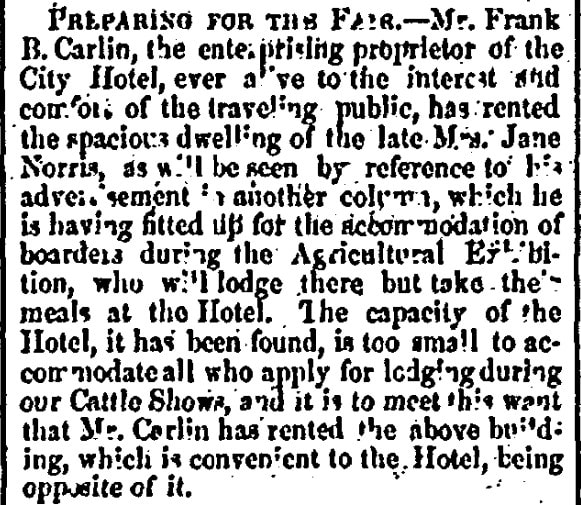
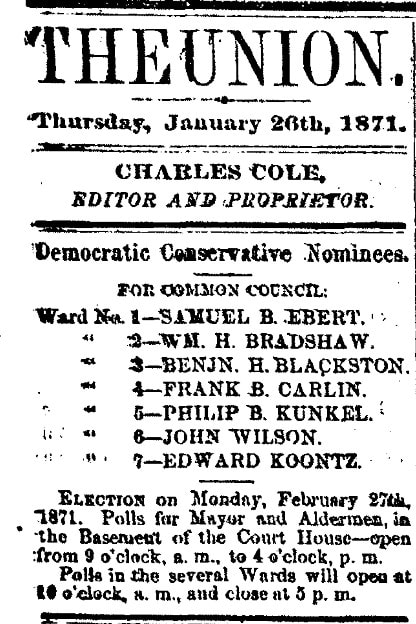
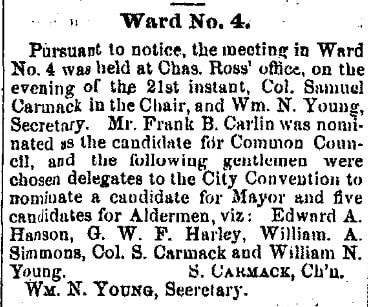
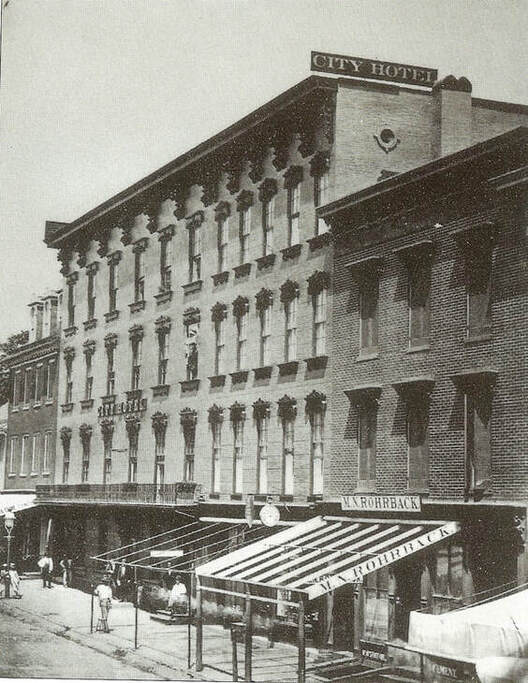

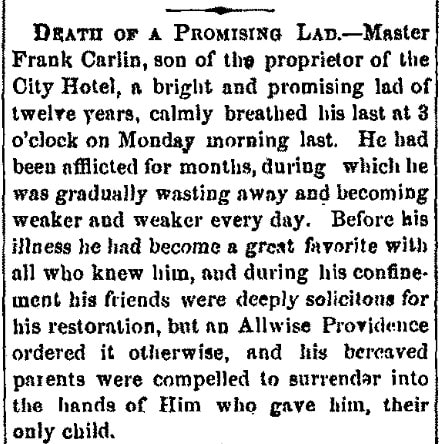
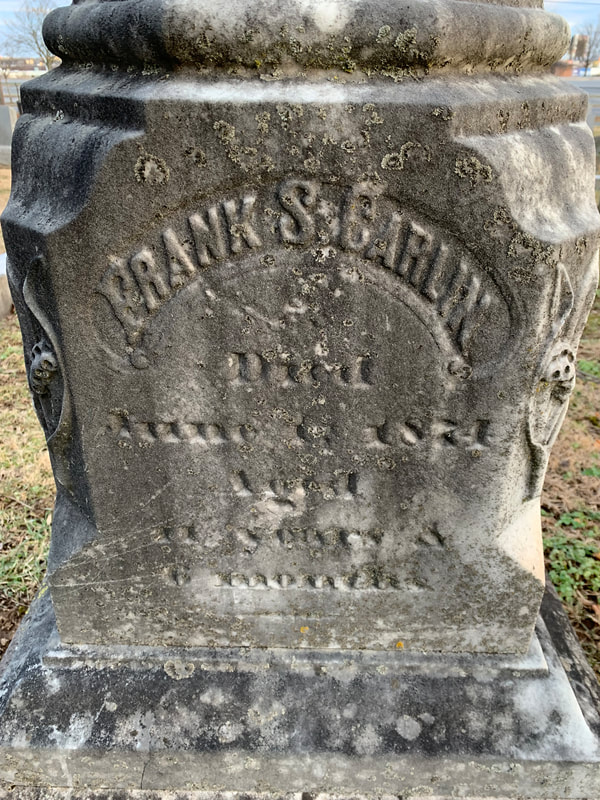
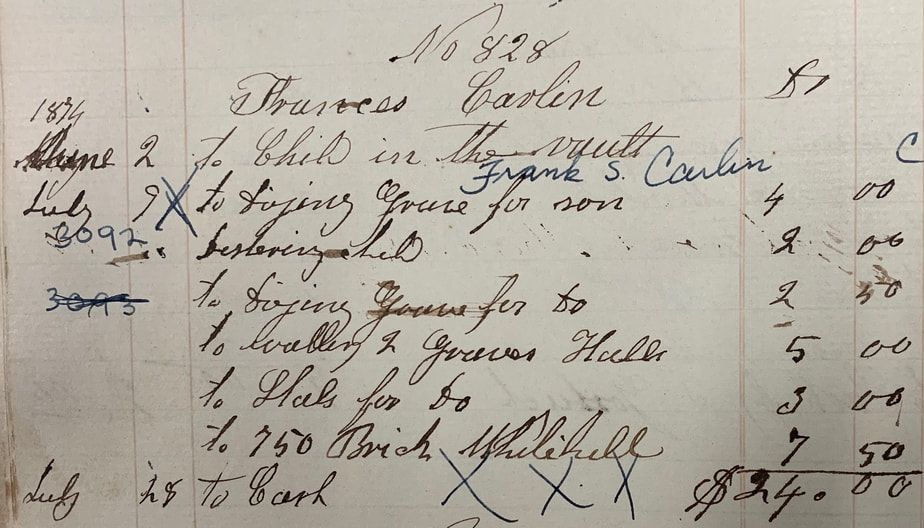
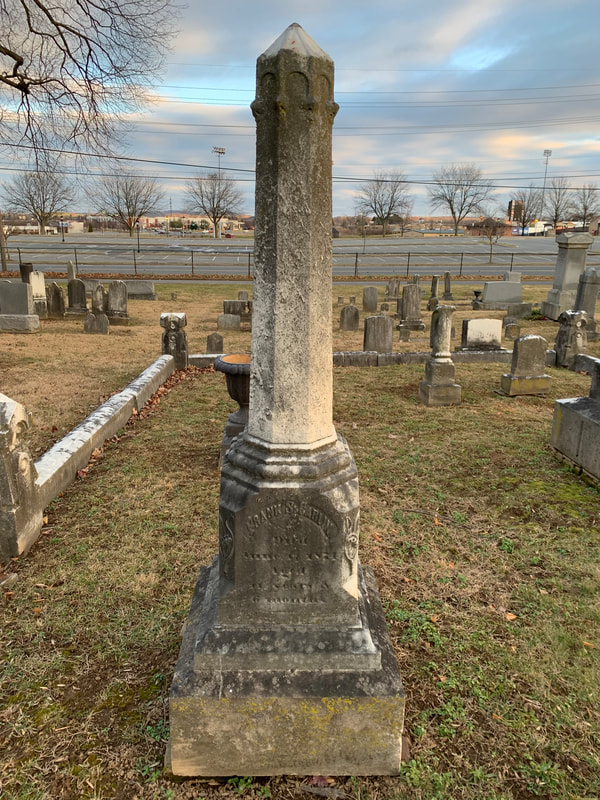
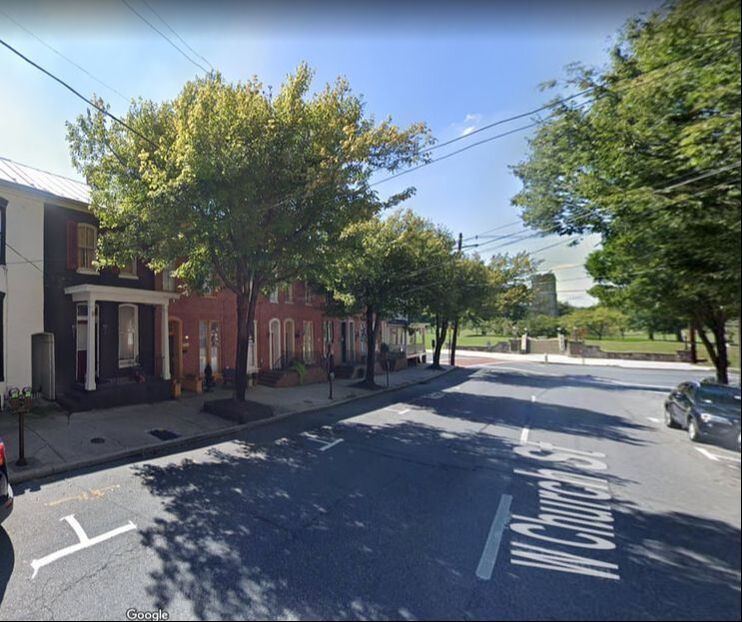
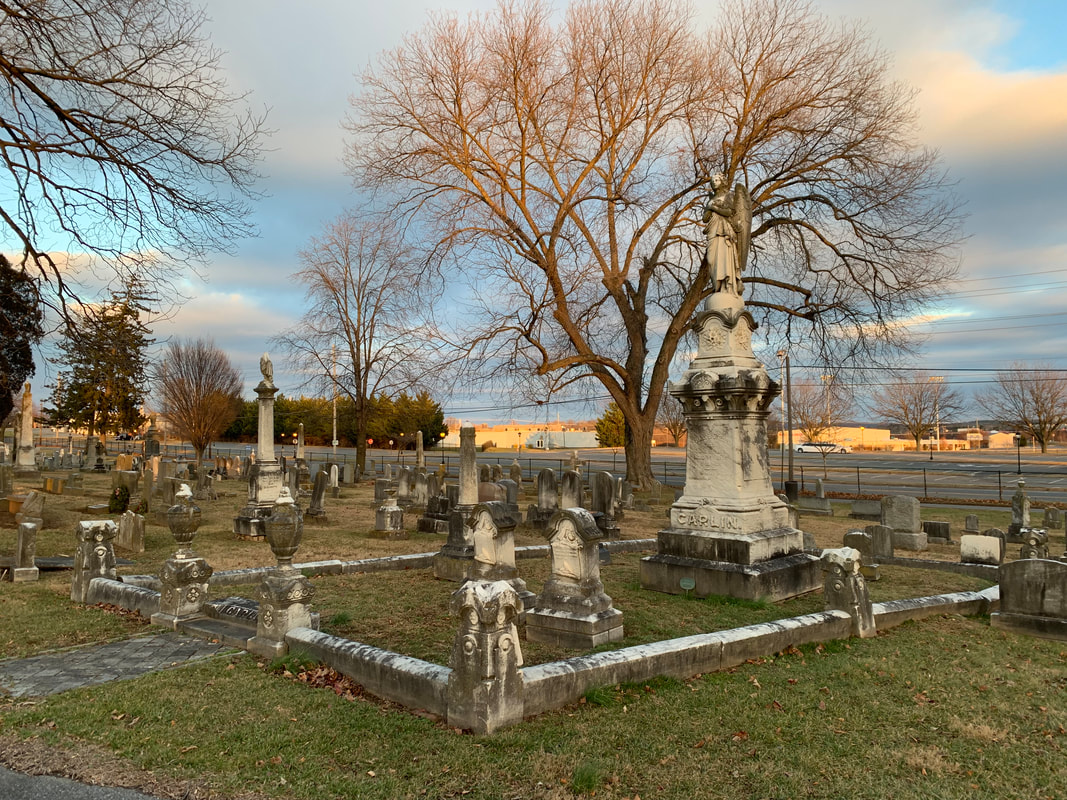
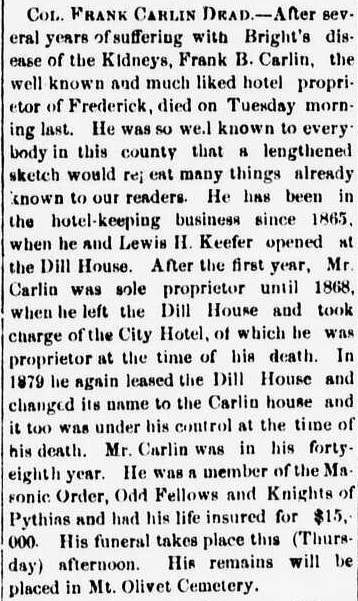
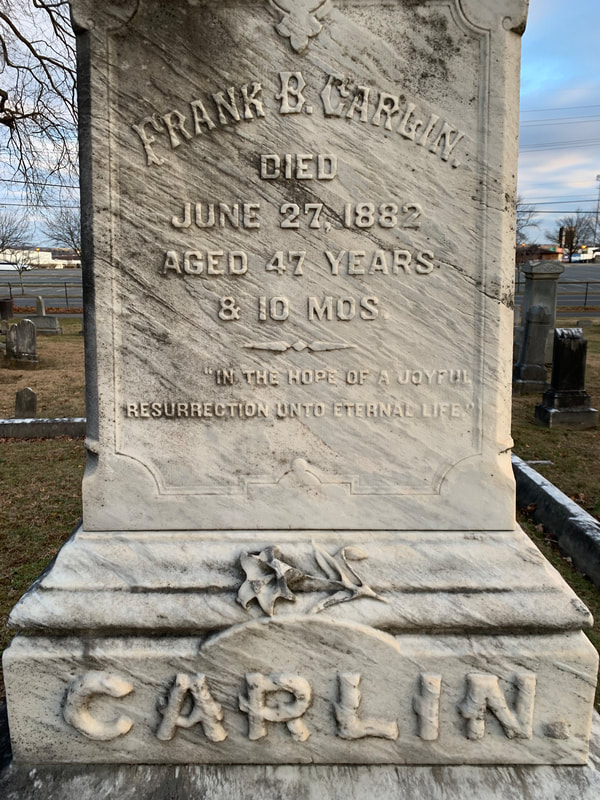

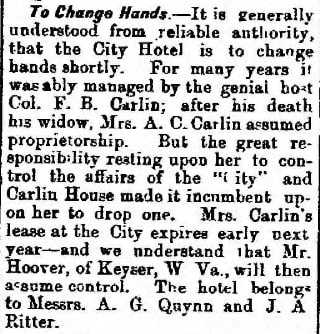
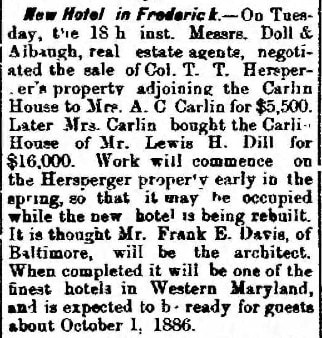
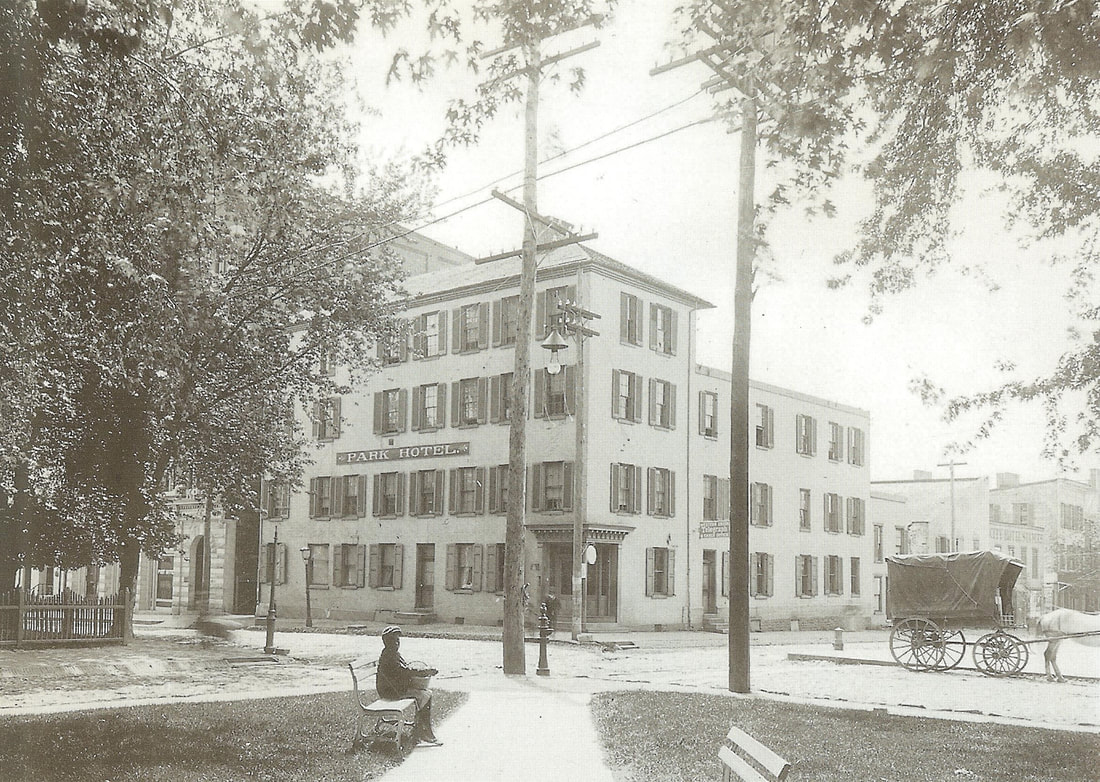
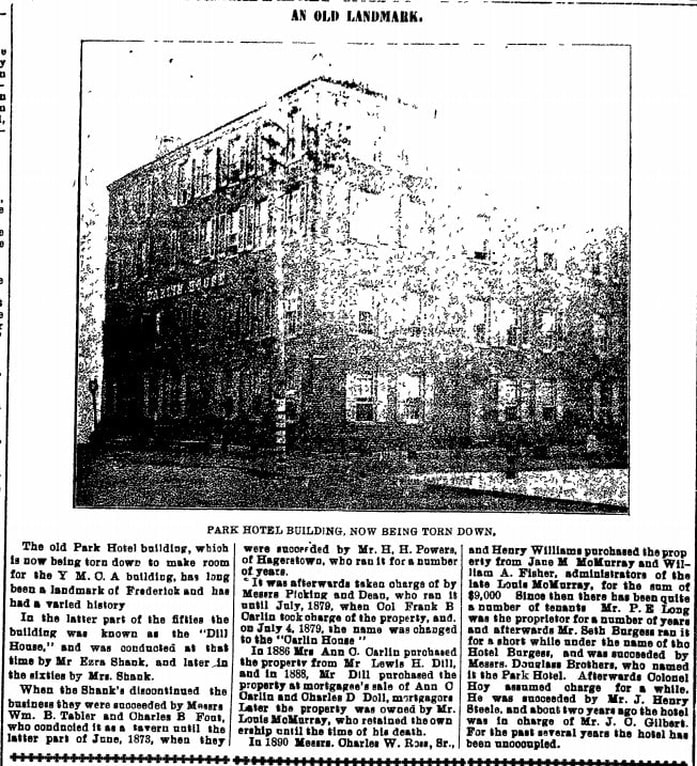
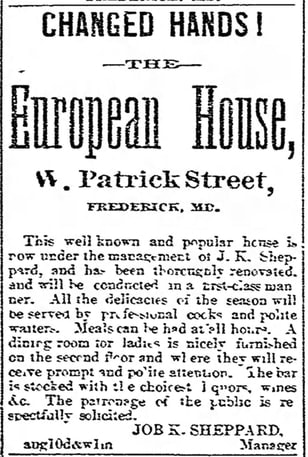
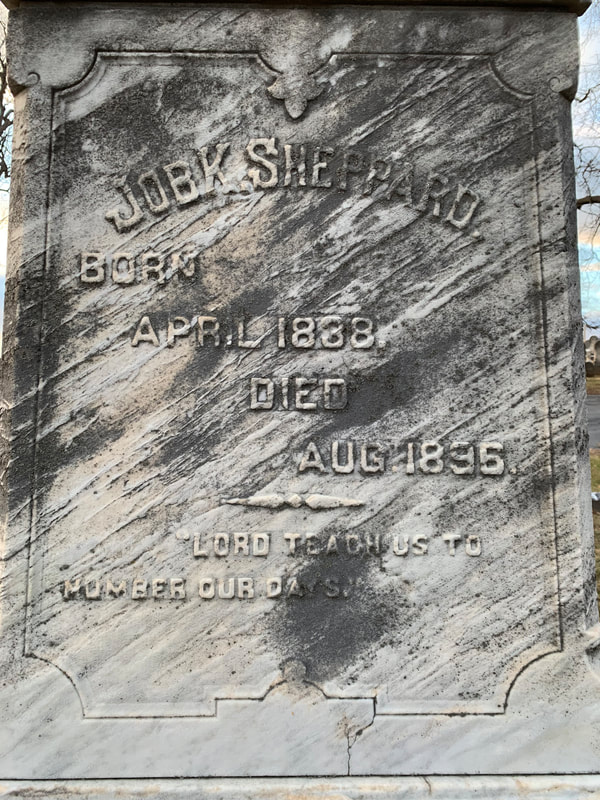
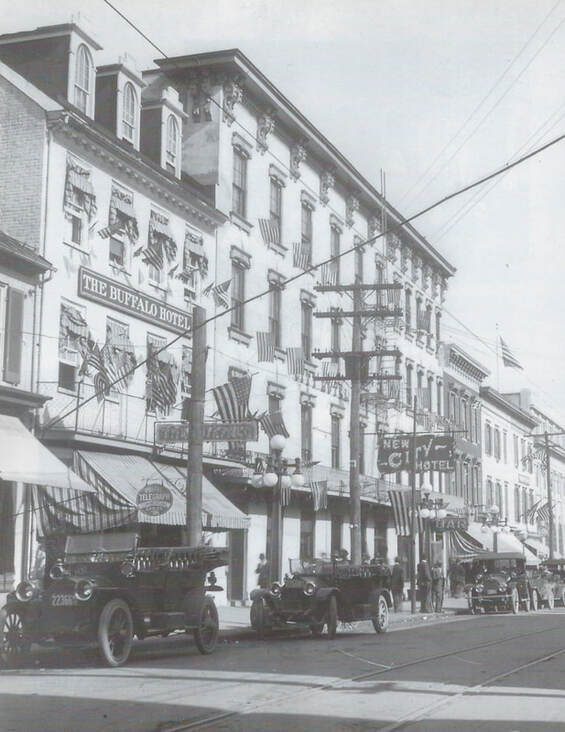

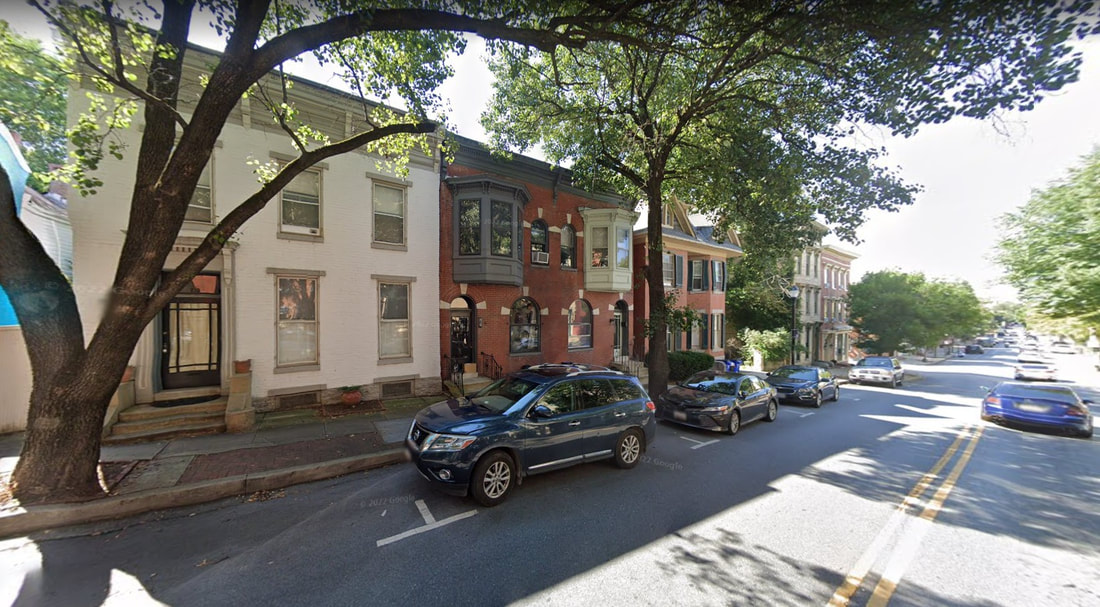
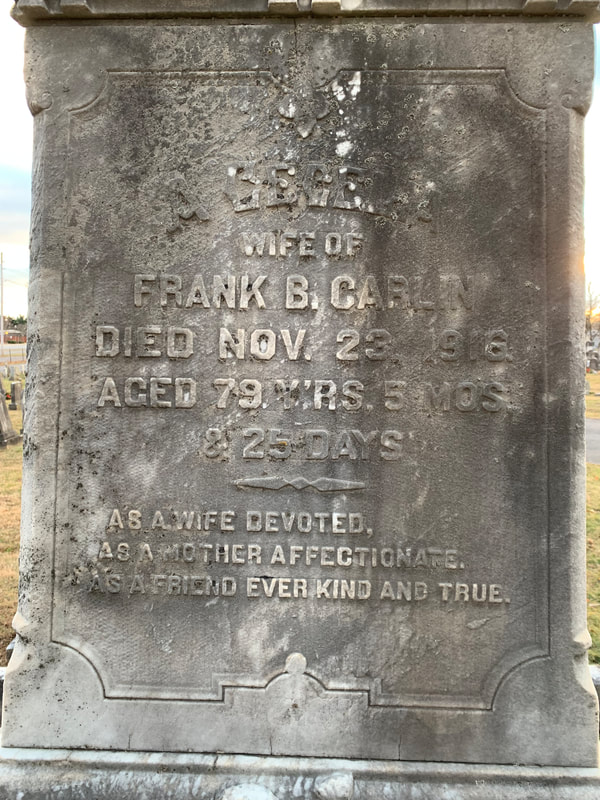
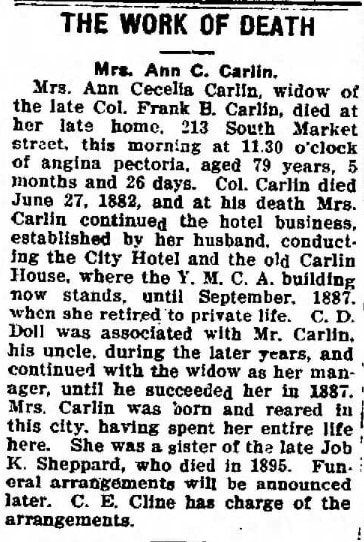
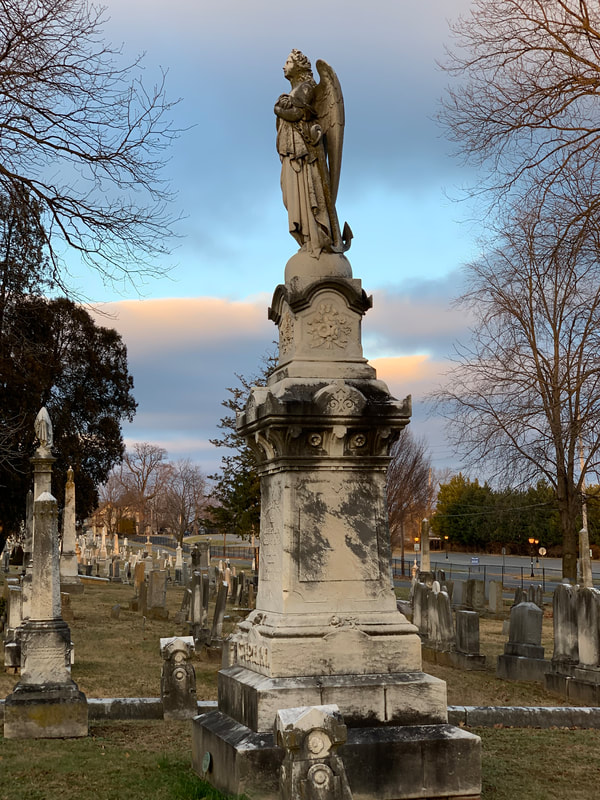
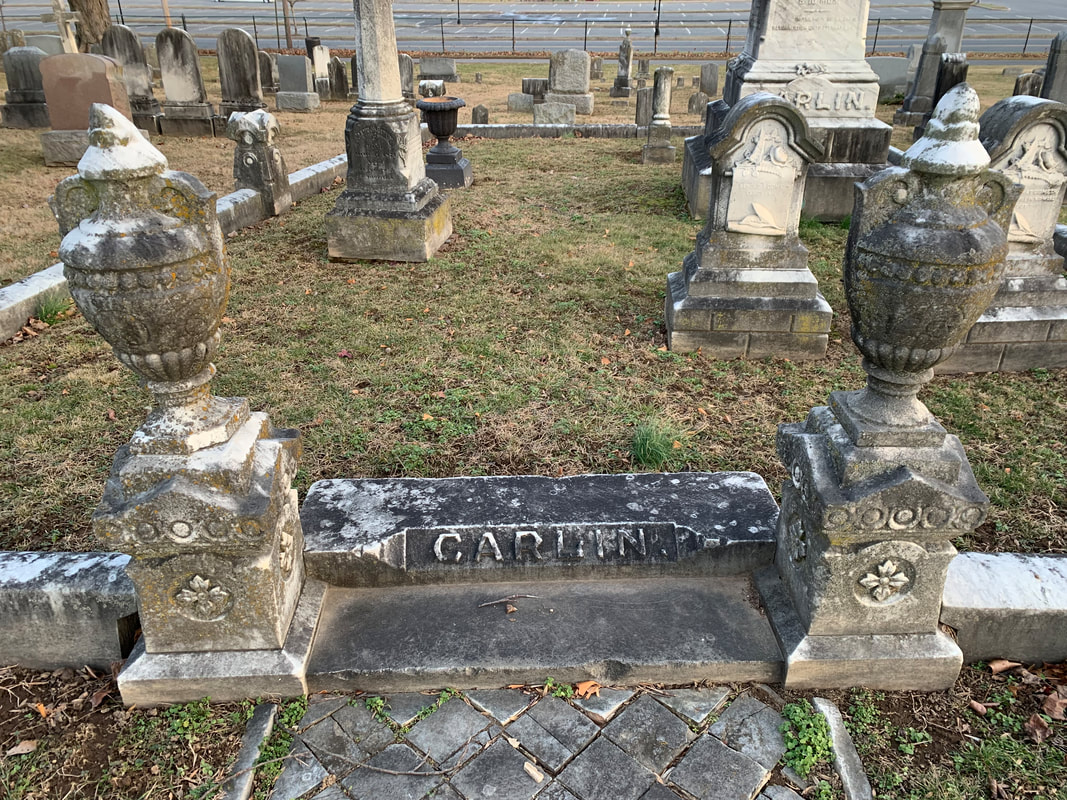
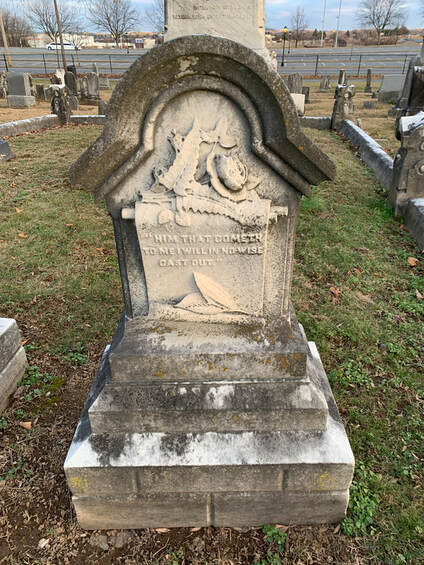
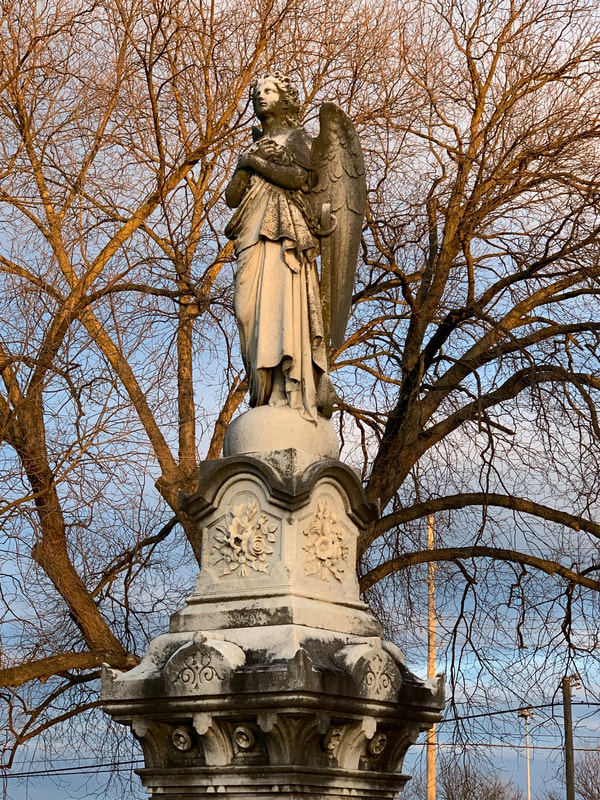
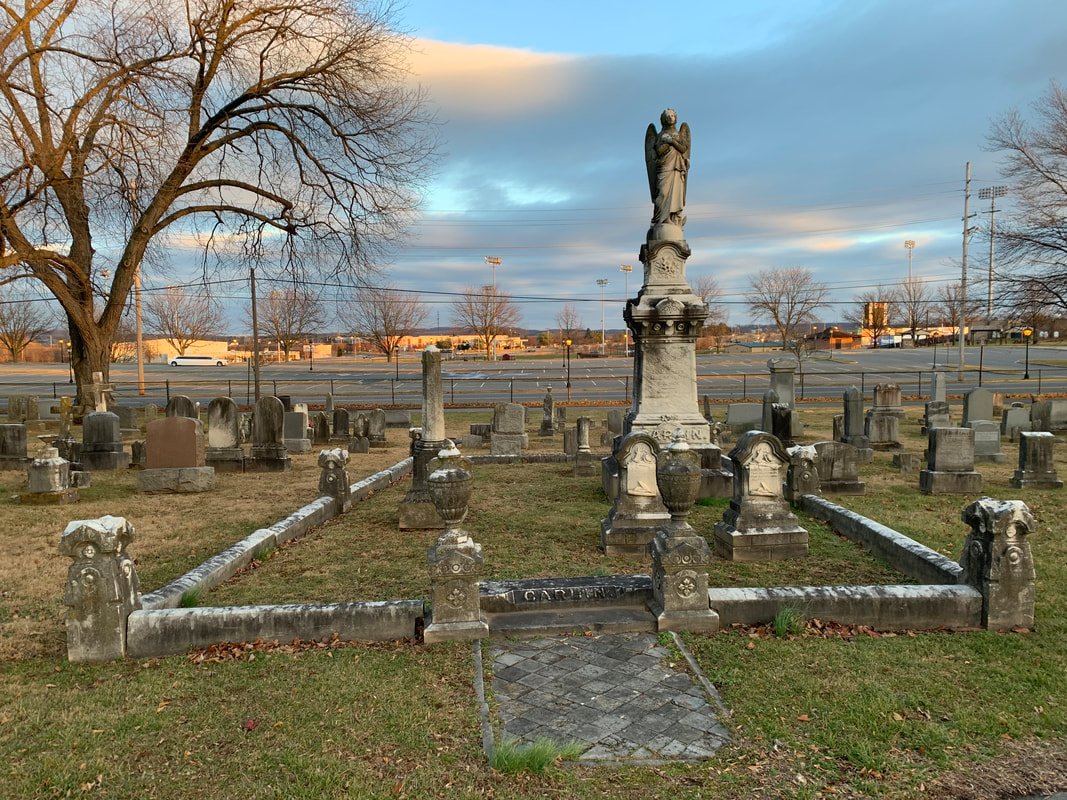
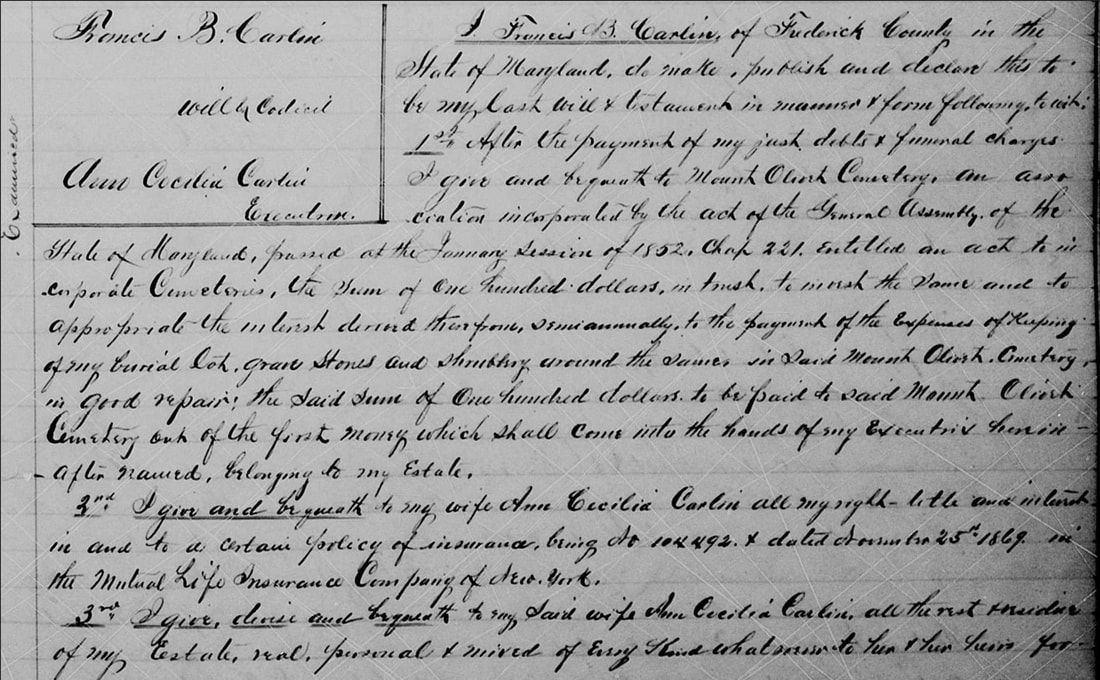
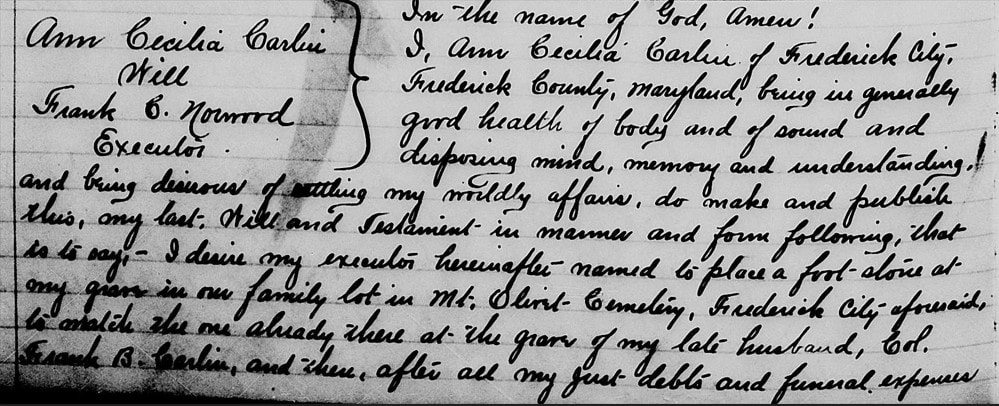

 RSS Feed
RSS Feed